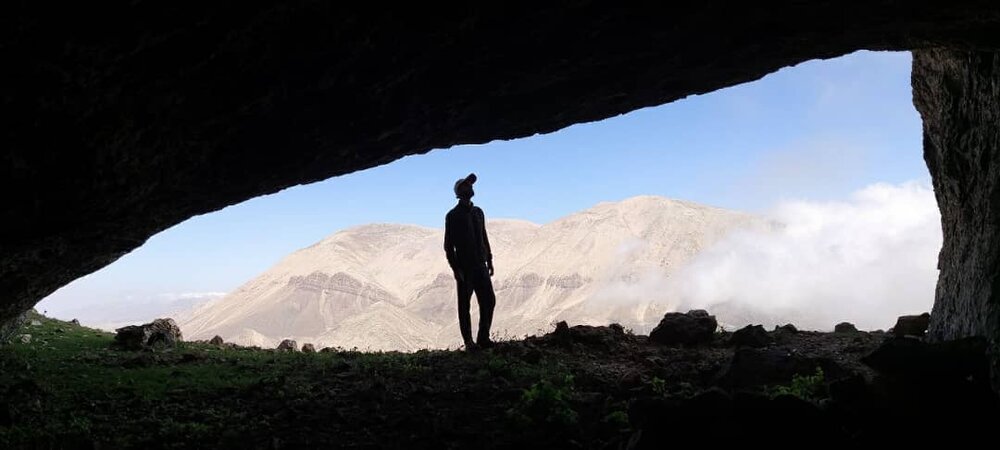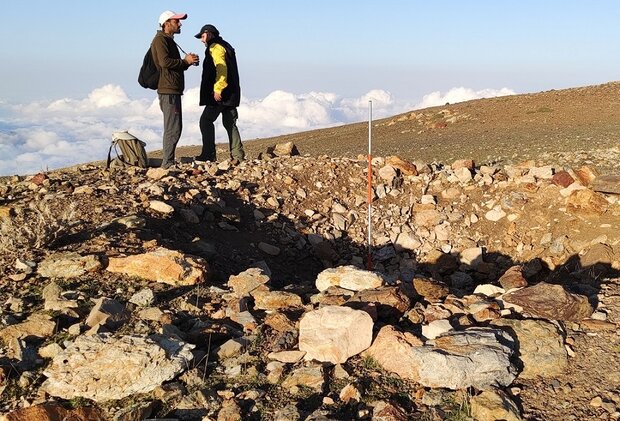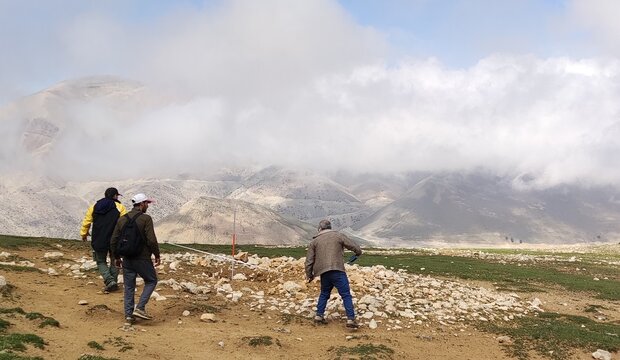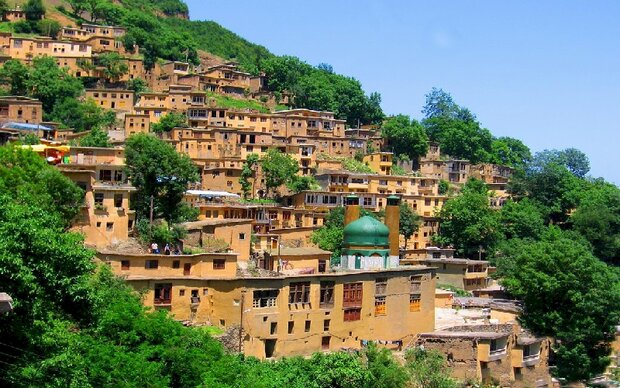Discoveries cast new light on history of life near Masouleh

TEHRAN – Iranian archaeologists have discovered important clues about early human life in mountainous areas adjacent to the touristic Masouleh village in northern Iran.
Their survey was carried out as part of a preliminary process to compile an all-inclusive dossier for the village to be presented to the United Nations Educational, Scientific, and Cultural Organization. The scenic village is famed for its Lego-shaped earthen houses built on another’s rooftop.
According to Mohammad Sanaei, the director of the Masouleh Cultural Heritage Base, in order to complete the nomination file “Cultural landscape of the historical city of Masouleh” for the UNESCO World Register list, a preliminary archaeological survey was carried out under the direction of Fereidoun Biglari, a senior researcher at National Museum of Iran, on the mountain ranges in the core and buffer zones of Masouleh, in the Gilan province.

The results of this preliminary survey show that this mountainous landscape was probably occupied by ancient herders and nomads at least since the late Bronze Age.
In the survey archaeological remains of late prehistoric, historic, and Islamic times were recorded on the mountain top above 2500 meters above sea level.
He added that according to the research team, the new finds show that humans have been using these highlands seasonally, at least since the late Bronze Age (2000-1500 BC), that continued during the Iron Age I (1500-1100 BC), Iron Age III (800-500 BC), Parthian (247 BC to 224 CE), Buyid (943–1029 CE), Seljuk (1043–1051 CE) and Ilkhanid (1306–1335 CE) periods.
According to Biglari, a Paleolithic archaeologist of the National Museum of Iran, the discovery of stone artifacts on these highlands indicates that the area was seasonally visited by prehistoric human groups. He added that archaeological evidence found in other parts of Gilan, such as Darband Rashi Cave, shows that the western half of the Alborz range has been inhabited by Paleolithic hunter-gatherer groups, since the Lower Paleolithic period.
“Therefore, considering the existence of numerous caves and suitable stone raw resources in the study area, we expect to find more definitive archaeological evidence of the Paleolithic occupation of the Masouleh region,” Biglari explained.

Vali Jahani, the deputy chief of Gilan’s cultural heritage and tourism directorate, stated: “These new findings would help us to complete the Archaeological Atlas of the western part of Gilan, especially in the highlands of Alborz.”
The scenic village is famed for its Lego-shaped earthen houses built on another’s rooftop. He added the discovery of archaeological remains at such high altitudes would help archaeologists to shed new light on the human adaptation to the high Alborz mountains since prehistoric times up to recent centuries.
Moreover, the director of the Masouleh Cultural Heritage base stated that conducting an intensive archaeological survey in the core and buffer zones of Masouleh could be very effective in completing and strengthening the nomination file of the Cultural Landscape of Masouleh for the UNESCO World Register list.
According to UNESCO, the existence of numerous graveyards inner and outside of the city proves its old texture. Storied and terracing plan of the city is in parallel to the mountain slope. The combination of such architecture with natural landscapes can be a national and international touristy center and the only way of the inhabitants' living. As all people could directly see the main façade of houses, the local artists and artisans did their best in this part of building
A guide to Masouleh
Home to some of the most stunning landscapes in the country, Masouleh is one of the many stepped villages that are quite common to find around the country, especially in Iranian Kurdistan and around Mashhad. They have been built on a hill so steep that the roof of one house is the pathway for the next.
Whereas practically, all stepped villages in Iran have been able to keep their rural and traditional essence, for some reason, Masouleh has evolved into a popular touristic destination that especially attracts domestic vacationers.
Foreigners are less common though, basically because it is far away from the classic Persian route, so most tourists don’t have the time to travel that deep into the country.
However, thanks to pretty developed tourist infrastructure, Masouleh is receiving the attention of all the guidebooks, portraying it as a dreamy mountain village so, slowly, it is becoming the prime destination for those travelers who have a little more than two weeks in Iran.

The village is pretty, composed of some yellowish houses which disappear behind the mist during the early morning hours. Being the most visited stepped village in Iran, Masouleh has all types of opinions. On the one hand, the most well-traveled backpackers will tell you that Masouleh is not worth the journey unless you don’t mind eating in overpriced restaurants or trying to bargain ridiculous fares with taxi drivers. On the other hand, less demanding travelers will tell you that Masouleh is such a lovely village which you can’t miss.
Surrounded by green valleys, misty forests, and 3,000m peaks, Masouleh is the ultimate trekking destination in Iran, offering several trails that include both day treks and multi-day treks. Along the way, you are likely to find quite a few Iranian shepherds who actually live there, perhaps not in winter, but they have fully equipped shacks and you are likely to be invited to have some chai (tea).
Close to the peak, the landscape turns from misty forests to vast green, gorgeous meadows covered in blankets of flowers, a stream, and a few more shepherd shacks, like in a fairy tale. Visitors can find both expensive hotels and budget guesthouses. To find a homestay, you just need to walk around town and someone will approach you.
AFM

Leave a Comment